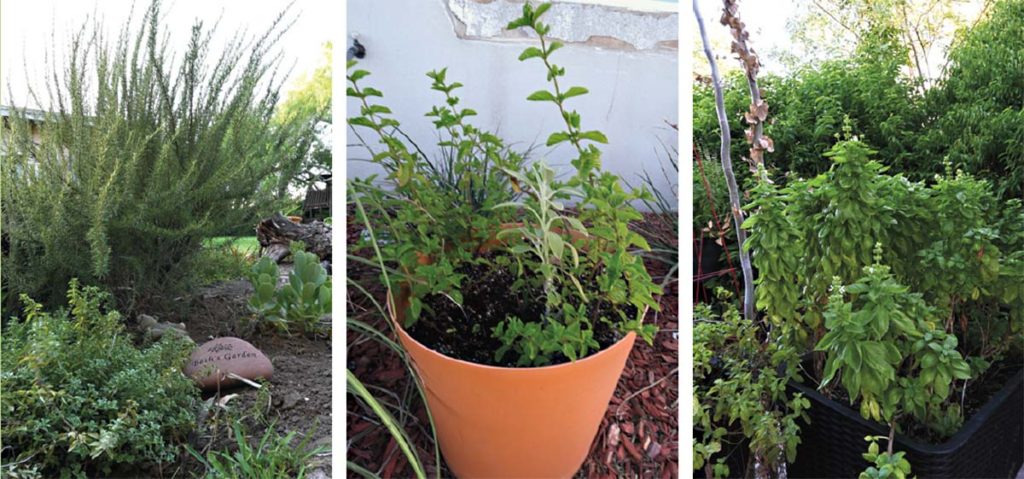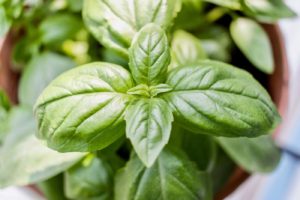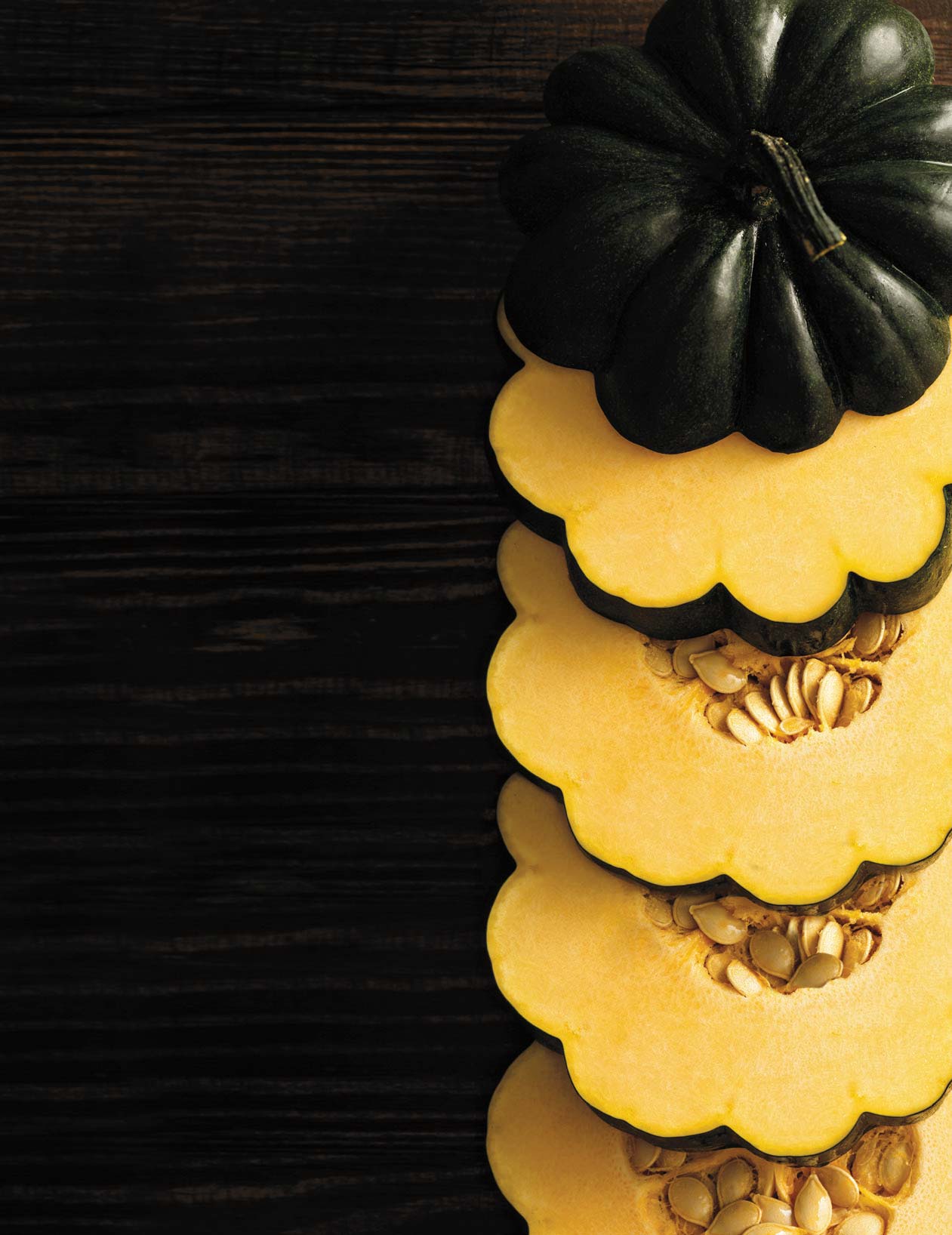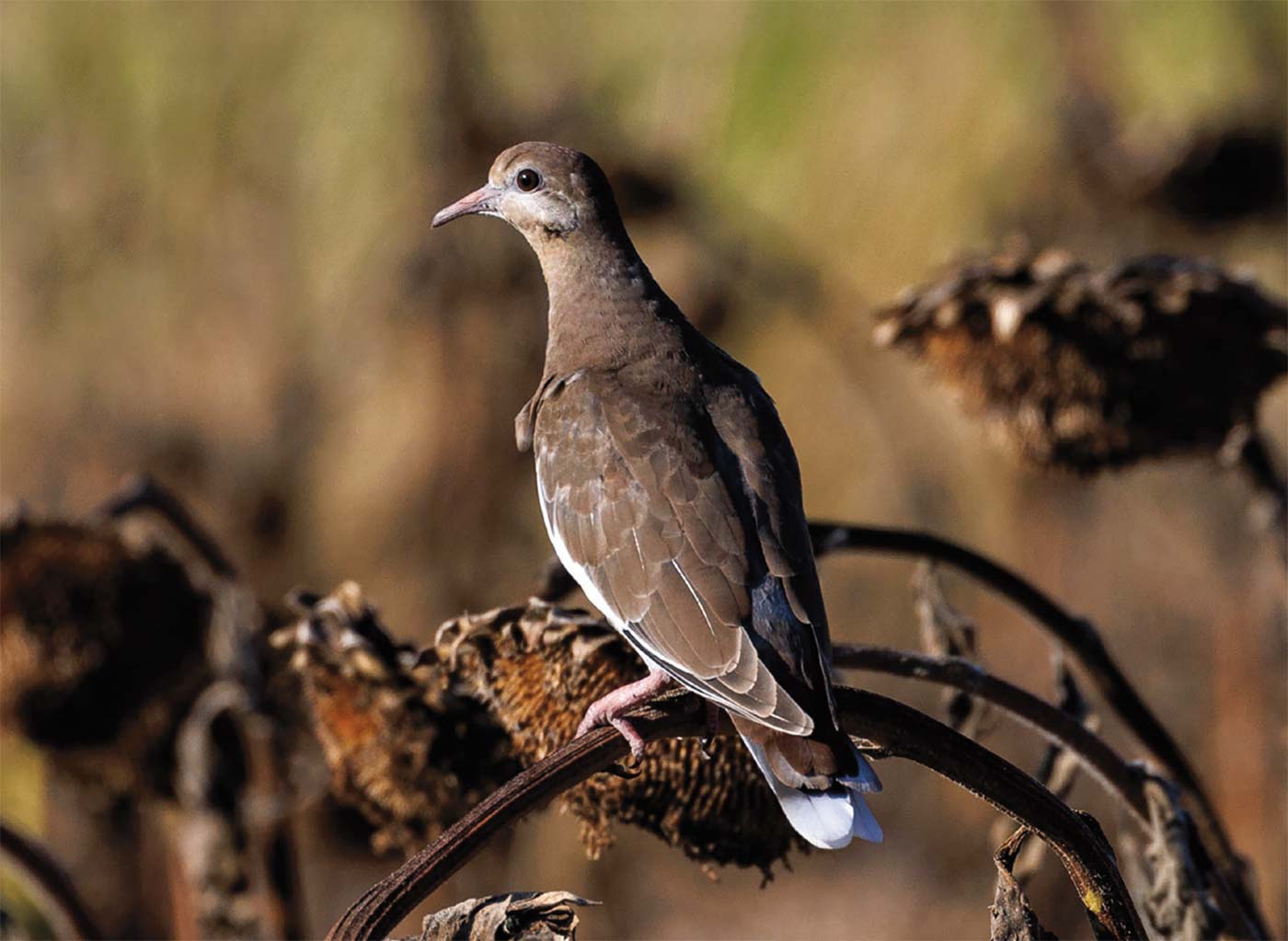
Tips for successful herb planting, growing and harvesting
You are not a true gardener until you’ve killed a plant. — Madalene Hill
If you’re like me, you want a low maintenance and successful garden. Here are a few things I’ve learned to help you achieve both. Keep them in mind as you prepare to grow herbs this fall.
SELECTING
When picking out herb starter plants, brush the leaves with your fingers then smell them to see if you like the fragrance. Only buy the ones with an aroma that appeals to you. Avoid plants with brown leaves or that look unhealthy.
PRE-PLANTING
Care of your herb plants starts right away. New plants may not survive stress between the time you purchase and plant them. You can stress a plant by leaving it in a hot vehicle, keeping it in the shade too long, letting the soil dry out and not transplanting it right away. I have been guilty of all of these — one of the reasons I am a true gardener! Learn from me, and avoid these mistakes if possible.
PLANTING
You have two options for planting: in a bed or in a container. As for beds, you don’t need one dedicated to herbs; you may plant herbs among your regular plants. The one exception, however, is mint because it will take over any space, so it’s best to plant it alone in its own container. For bed and container ideas, look online.
With containers, you may move them around during the season, to a sunnier or shadier spot, as needed. The closer your pots are to your kitchen, the more often you’re likely to use the herbs growing in them.
Plants need room, so whether you use a bed or pot, give them lots of space. I like to plant mine in at least 12-inch-wide containers. Do not plant starters in the cute small pots with depictions of herbs on the sides; they’re just not big enough.
Good drainage is a must. Here in the Rio Grande Valley, it might seem like we have a lot of rainfall, but it happens all at once instead of throughout the year. September is the wettest month. The combination of clay soil and too much standing water can drown your plants.
With these conditions in mind, allow for drainage. Plant beds should be raised at least 12 inches, and plant containers should have holes in the bottom. With adequate drainage, you’ll spend less time watering your herbs, and they won’t dry out as quickly and die.
When planting, group together herbs that are more drought tolerant, such as rosemary, thyme, lavender and vice versa. Herbs needing more water include basil, chives, lemon verbena, lemon balm and mint. Once your herbs are planted, place a good layer of mulch around, but not touching, them. This helps keep the soil cooler, in turn reducing the amount of water needed and the time you spend watering.
It also helps curb weed growth and feeds the soil. Over time mulch breaks down though, so you will need to replenish it as needed, about every six months or so.

WATERING
Be sure to soak the soil your herbs are planted in. Drip and soaker hoses are best for delivering water to the root system where it’s needed and for conserving water. Oftentimes, a first watering just covers the surface. Be sure to water again so the water seeps into the soil. It’s better to water well and then let the soil dry or almost dry before watering again, depending on the plant.
As for when to water, a deep soak in the early morning is best. If you do it then, you’ll have less foliar diseases and pests. When I switched to early morning from evening watering, I found that I had a lot less problems with my plants and, therefore, my gardening was lower maintenance.
Also in the morning, you can check for bad bugs on your plants as they seem to be early risers. Because they don’t seem to like to get wet, when you water, they’ll move to the top of the plant, where you can easily flick them into some soapy water. Be sure to learn the good bugs from the bad bugs, though, as you don’t want to be getting rid of the good ones. Nature usually takes care of the bad bugs by sending in the good ones.
PROVIDING SUN
Most herbs prefer a half to a full day of sun. If you notice your plants’ stems growing long and leggy, your herbs need more sun.
PRUNING AND HARVESTING
Pruning encourages your plants to become fuller. A good time to prune is when you harvest or remove blossoms from your herbs. Evergreen herbs, though — such as rosemary, thyme and sage — only need pruning once a year, in the fall or early spring.
When harvesting your herbs, basil for example, don’t just pick leaves off of the plant. Instead, cut just above a set of growing leaves or nodes. Do this at the top of the plant rather than the bottom, otherwise, it will become top heavy and potentially fall over. (This tip does not apply to veggie plants, i.e., tomato flowers.)
As for chives, cut them across, about an inch up from the soil. They will regrow in one and a half to two weeks.
Once you’ve harvested some of your herbs, rinse and spin them dry in a lettuce spinner. Then use them right away or store them for later in a container or wrap in a paper towel.
To store herbs other than basil, wrap them in paper towels, put the bundles in a sealed plastic baggie and keep them in the produce bin in your fridge. Take them out as needed and use. The herbs will usually last a week or two.
As for basil, keep it in a glass of water in the kitchen and cut from it when you want to use some.
EXPERIMENTING
Use fresh herbs in the place of dried ones when you can. The general rule of thumb is to substitute three parts fresh herb for one part dried. For example, if a recipe calls for one teaspoon of dried, use three teaspoons of fresh.
Try different ways of using your fresh herbs. You’ll be delighted with the results.
I like to sprinkle basil, cut using a chiffonade technique, over fresh tomato slices that have been rubbed with olive oil and spritzed with balsamic vinegar. Yum!
Chives are great chopped on potato, egg, pasta and other dishes.
Mint and other herbs make delicious sun tea. To prepare it, cut a sprig of the herb or herbs you’re using, rinse, place in a glass jar filled with water and let steep overnight in your fridge. Try different herbs to see which ones you like best as a tea.
Good gardening!




